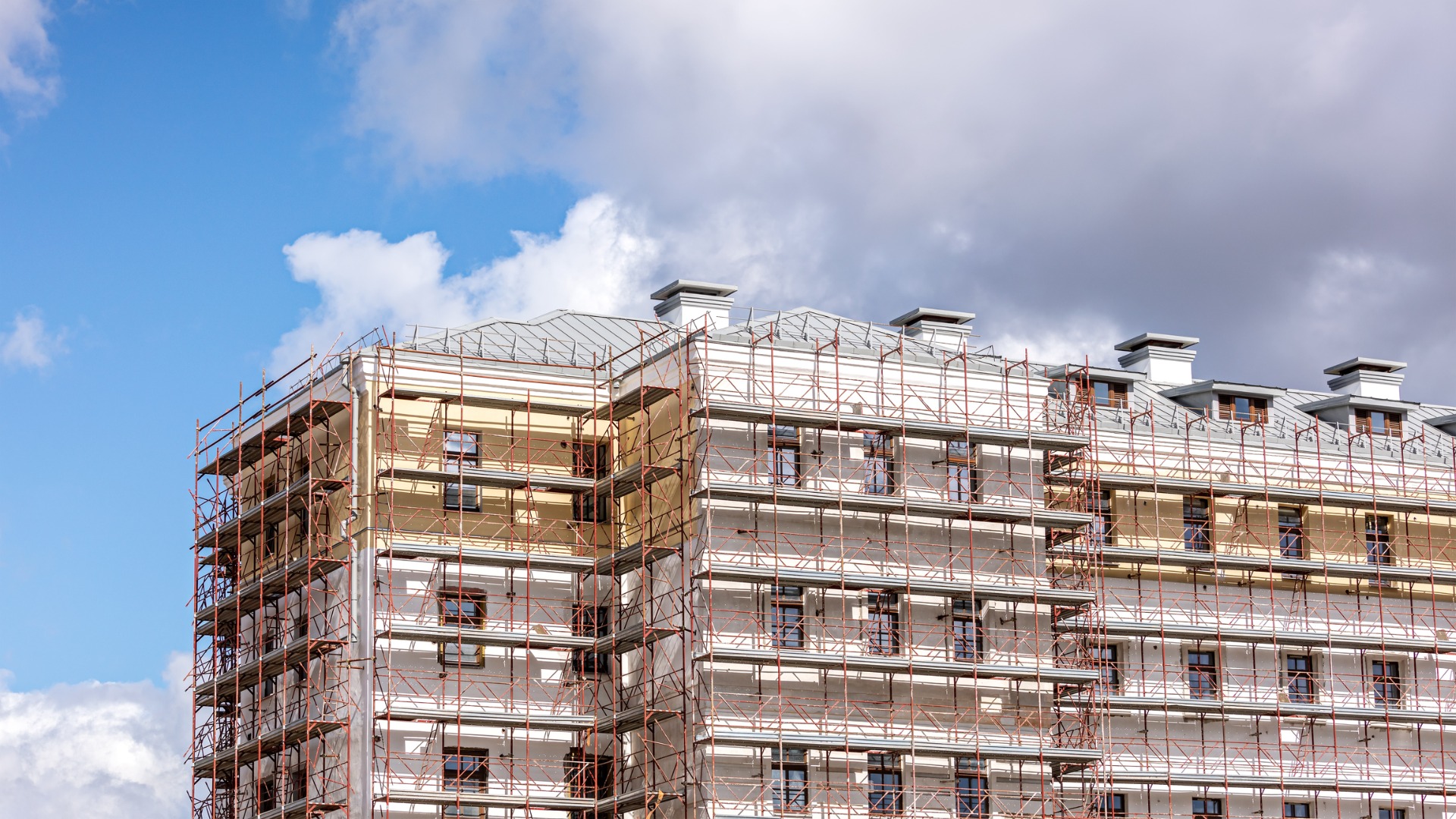The Latest in Building Envelope Materials: Your Questions Answered

Building envelopes are crucial components for protecting structures and maintaining the indoor environment. With advancements in building materials and systems, building envelopes can now be designed to be energy-efficient, durable, and attractive. In this article, we will answer common questions about the latest in building envelope materials.
What Is A Building Envelope?
A building envelope is a barrier between the interior and exterior of a structure that separates the interior environment from the external environment. It includes the roof, walls, windows and doors and is responsible for controlling air, moisture, and heat flow.
What Are The Latest Building Envelope Materials?
Modern building envelope materials include high-performance cladding systems, insulated panels, rainscreen systems, and high-performance windows and doors. These materials are designed to provide improved thermal performance, air and moisture control, and fire resistance. Examples of modern building envelope materials include fibre cement siding, metal cladding, masonry veneers, polycarbonate panels, aggregate stone facades, and insulated concrete forms.
What Are The Best Building Envelope Systems?
The best building envelope systems are those that provide the right balance between thermal performance, moisture management, and longevity. Examples of the best building envelope systems are rainscreen systems and wall assemblies that use a combination of insulation, air barriers, and vapour barriers.
What Are Building Envelope Upgrades?
Building envelope upgrades are modifications made to improve the energy efficiency and performance of an existing building envelope. A building envelope retrofit is often the best option when it comes to improving energy efficiency and weather resistance for older buildings. Common building envelope upgrades include adding insulation, improving air sealing, upgrading windows and doors, and installing new roofing or cladding systems.
What Is Thermal Bridging In Buildings?
Thermal bridging occurs when heat is conducted through structural elements that are in contact with the exterior of the building. This can result in heat loss and reduced thermal performance of the building envelope. Typically, thermal bridging occurs when conductive materials are not properly insulated, such as concrete slabs, metal fastening elements and anchor bolts.
All new construction in BC should follow the Building Envelope Thermal Bridging Guide to improve the thermal performance of building envelopes. This guide was developed by architects, engineers and building designers and includes various optimized assemblies and practices.
What Is The Thermal Value Of New Building Envelope Materials?
Thermal value, also known as thermal conductivity, refers to the ability of a material to conduct heat. Therefore, the thermal value of building envelope materials is determined by their ability to insulate and reduce heat transfer.
You can measure thermal performance by its U-value or R-value. U-value is a measure of heat transfer, while its reciprocal, R-value, measures thermal resistance. The most energy-efficient building envelope materials are those with high R-values, such as rigid foam insulation and spray foam insulation.
How Does A New Rainscreen System Work?
A rainscreen system is a building envelope system that provides a barrier against moisture and air infiltration. It consists of exterior cladding that stops the flow of moisture from wind-driven rain and snow and a vented air cavity between the exterior envelope and interior wall.
Water droplets slowed down by rain screen either bounce off the cladding, drip down the exterior due to gravity or seep through to the other side. Any water that makes it through the screen will have minimal momentum and, therefore, simply drip down the ventilated interior, never reaching the interior wall.
Is It Necessary To Have A Rainscreen?
A rainscreen is not necessary for all building types and climates, but it can provide improved moisture management and thermal performance for many buildings. The decision to install a rainscreen should be based on a professional evaluation of the specific building conditions and requirements.
What Is The Expected Lifespan Of A New Building Envelope System?
A building envelope’s lifespan depends on many factors, including the materials used, the design, and the quality of installation. Local climate can also have a significant impact on building envelopes, especially if there is high humidity or extreme temperature fluctuations. On average, a well-designed and installed building envelope system can last up to 20 years or more.
What Ongoing Building Envelope Maintenance Is Required?
Ongoing building envelope maintenance is necessary to maintain the energy efficiency and performance of the envelope. Regular maintenance will also keep the building looking fresh and pristine. Maintenance may include routine inspections, air sealing, insulation upgrades, and the repair or replacement of components as needed.
Consult with the Experts at West Coast Building Restoration
In summary, the latest building envelope materials and systems provide improved energy efficiency, durability, and protection against the elements. Whether you are looking to retrofit, upgrade, or construct a new building, it is important to work with a professional to determine the best building envelope solution for your needs. At West Coast Building Restoration, our experts have years of experience in building envelope design, construction, and maintenance. Contact us today to learn more about how we can help you improve the performance and longevity of your building envelope.